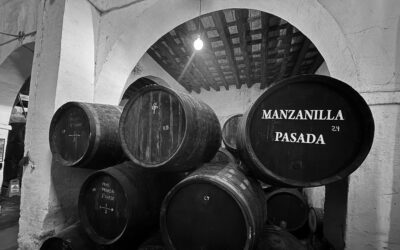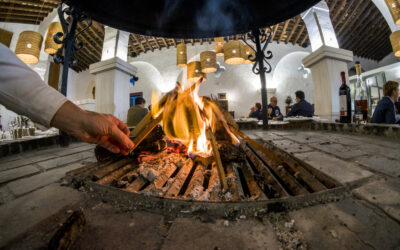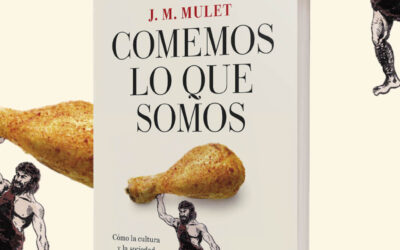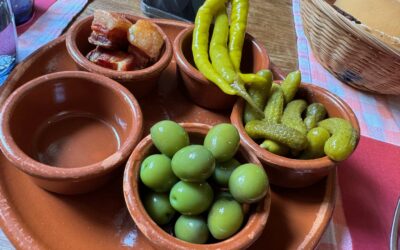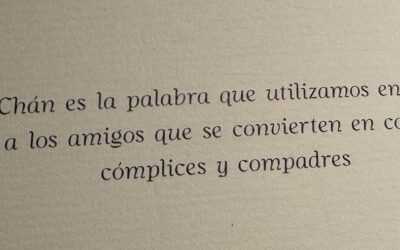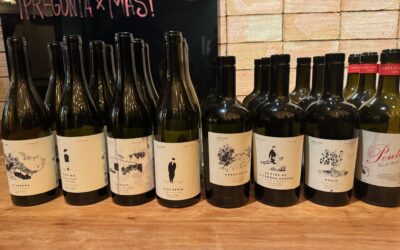EL BLOG NO SÓLO GASTRONÓMICO DE ELENA F. GUIRAL
La Cigarrera: el templo de la Manzanilla en el corazón de Sanlúcar
Descubrí La Cigarrera en la última edición de la Copa Jerez el pasado octubre. En la final de este concurso internacional de restaurantes, organizado por la DO Jerez, el equipo de EEUU maridó su primer plato con una Manzanilla de esta bodega. Pero fue su Manzanilla...
La Carboná: persiguiendo el alma de Jerez
Techos altos, lámparas de esparto, aire de catedral. No en vano este restaurante jerezano consagrado a los vinos locales está situado en el casco de una antigua bodega de la localidad. Capitaneado por Javier Muñoz, conocido internacionalmente como el chef del Sherry,...
Averiguando por qué comemos lo que somos con JM Mulet
Irreverente y divertido, pero siempre riguroso. José Miguel Mulet es uno de los divulgadores científicos más conocidos y respetados de nuestro país. Aquí nos desvela algunas claves de su último libro “Comemos lo que somos”. Doctor en Bioquímica y Biología Molecular,...
Un guiño al cocido de taba en el Parador de Chinchón
Mudarse a Madrid en 1999 y no visitar Chinchón hasta el invierno de 2023 es definitivamente un error imperdonable. Porque me he estado perdiendo una auténtica joya de nuestra comunidad. Y además, el rincón más mediterráneo, donde olivos, vides y huerta salpican y...
Can chan chán: alma española, espíritu mexicano
Así de arraigadas e indisociables son la cocina mexicana española en el ADN del chef Roberto Ruiz y socia y pareja María Fernández. Tras dos décadas en España se han aliado para fundir lo mejor de las dos culturas gastronómicas en su nueva apertura, el restaurante Can...
Casa Aurora: el clásico rompedor del agreste Bierzo Norte
A Germán R. Blanco le apasiona subir montañas. “Soy más de alpinismo que de escalada. Yo quiero subir y luego seguir a la siguiente montaña”. En una metáfora perfecta, este asturiano nos describe su trayectoria de 19 años como viticultor y enólogo en Ribera del Duero,...



